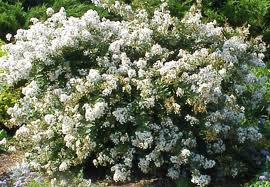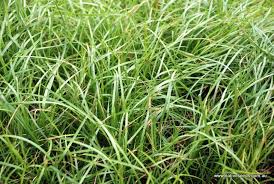Now it’s summer, we thought we would round up some lawn care and gardening tips to share with you. The summer growing season is, generally speaking, from December to February. In some Australian climates, it may begin as early as November or end as late as March, so checking your local climate is a great place to start.
Why does ri-industries.com.au write articles about lawn care and gardening? Because we want to help everywhere we can! Our tips can help you reduce water bills and properly care for your septic system.
Let’s talk about conserving water and reducing bills.
- A simple step to take is to water early in the morning or overnight. Watering while the temperature is relatively cool allows the lawn and garden the chance to fully absorb the water. Watering late in the day can produce humidity overnight which can lead to the development of fungus.
- Water the garden only when it needs to be watered. How will you know? Stick your finger about 4 cm into the soil, and if the soil is not moist, it’s time to water.
- Be thorough when watering the garden. Flower beds can do just fine when watered just once or twice per week as long as it’s a good, thorough soak.
- Did you know that you can reuse waste water to water the lawn via sub surface irrigation and garden? The surface irrigation disposal area must be dedicated to the sole use of effluent disposal. The area must be landscaped, preferably with salt tolerant shrubs and trees and should be designed to discourage pedestrian and vehicle access. The Ri-Treat Waste Water System works to clean and reuse your waste water from the toilet, kitchen, and laundry to irrigate your garden. This system is a cost-efficient and environmentally friendly way to keep your garden looking green and healthy.
- Collect rainwater and use it to water the lawn and garden. Our article How to Water Your Garden With Water Collected in a Rainwater Tank talks about the benefits of using a rainwater tank and how to use it.
Now let’s talk about lawn and garden tips to help protect the septic system.
- Be mindful of the septic tank soakaway. A septic tank soakaway is a series of underground, perforated pipes that allow septic tank effluent to soakaway over a large area. A lawn is the best cover for the soakaway. It will help prevent soil erosion while adding beauty to the landscape. When planting, do not dig too deep and be sure to wear gloves to protect against bacteria that may be in the soil.
- Know what/what not to plant around a septic tank. First, do not plant anything with deep roots or anything that will be super thirsty. Second, don’t ever plant fruits or vegetables over the septic tank! Third, it’s recommended to plant the right kind of vegetation over the septic tank such as perennials, annuals, and grass. Willow Myrtle trees, Swamp Oak trees, River Red Gum trees, Papyrus shrubs, and Oleander shrubs make particularly good choices to plant near the septic tank. Learn more in our articles Tips for Planting Around a Septic Tank and Tips for Planting Over Septic Drain Fields.
As you can see, we care about providing quality products which benefit the environment as well as you. Our experts will be happy to speak with you and the products that can best suit your needs. Please call us at 08 8444 8100.






